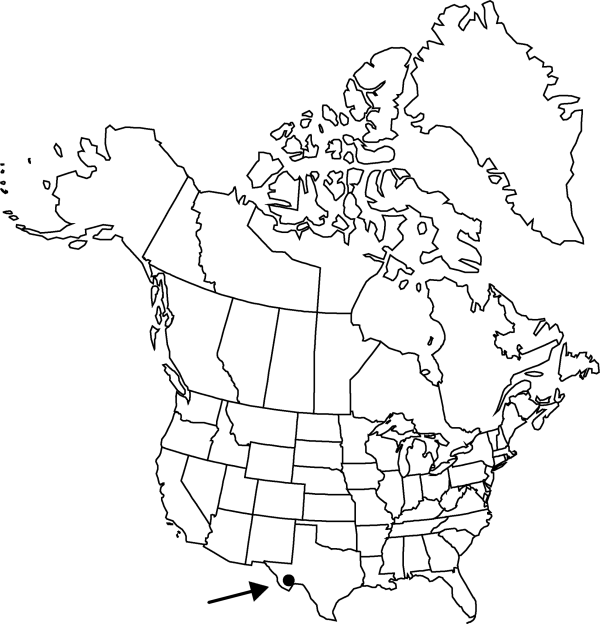Cylindropuntia tunicata
in C. Backeberg and F. M. Knuth, Kaktus-ABC, 126. 1935.
Shrubs, densely branched, 0.3–0.6 m. Stem segments easily detached, whorled or subwhorled, pale green to green, 5–20 (–25) × 1.5–2.5 cm; tubercles very prominent, broad, 2–3 cm; areoles obdeltate, 4.5–8 × 2.5–5 mm; wool yellow-tan, aging gray. Spines 5–12 per areole, at most areoles, spreading, obscuring stems, yellow, acicular, larger ones 3–6 cm; sheaths persisting, yellow to tan, loosely fitting, 2–4 mm diam. Glochids in small adaxial tuft, pale-yellow, 0.5–1.2 mm. Flowers: inner tepals yellow to yellow-green, spatulate, 15–20 mm, apiculate; filaments yellowish; anthers yellow; style green to reddish; stigma lobes yellow-green to green. Fruits usually sterile, not proliferating, yellow to yellow-green, often tinged red, top-shaped to clavate, 25–50 × 8–15 mm, pulpy, tuberculate, spineless or sometimes weakly spined; tubercles subequal; umbilicus 5–7 mm deep; areoles 32–40. Seeds light tan, ± obovate, to 2.5 × 2 mm; girdle smooth. 2n = 22.
Phenology: Flowering late spring (May–Jun).
Habitat: Chihuahuan Desert, sandy to gravelly substrates, usually calcareous slopes or alluvium
Elevation: 1500 m [2000-2300 m]
Distribution

Tex., Mexico, South America (Chile), South America (Ecuador)
Discussion
Small plants of Cylindropuntia tunicata arising from fallen fruits or seeds consist of series of subspheric segments resembling club-chollas; those have been named Opuntia stapeliae de Candolle (N. L. Britton and J. N. Rose 1919–1923, vol. 1). Apparently in some areas, few of these make it to maturity and larger young plants are rarely seen.
Selected References
None.